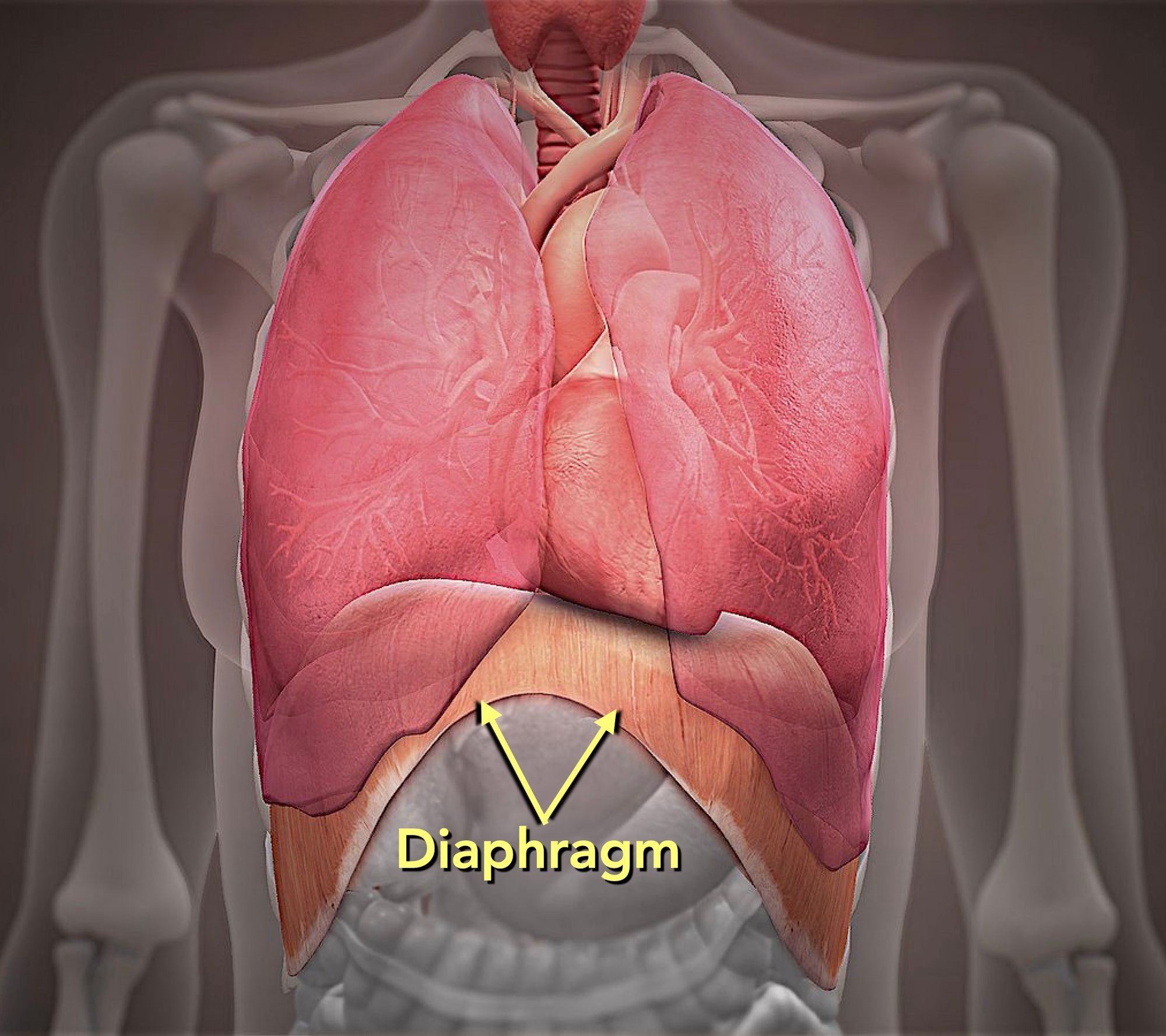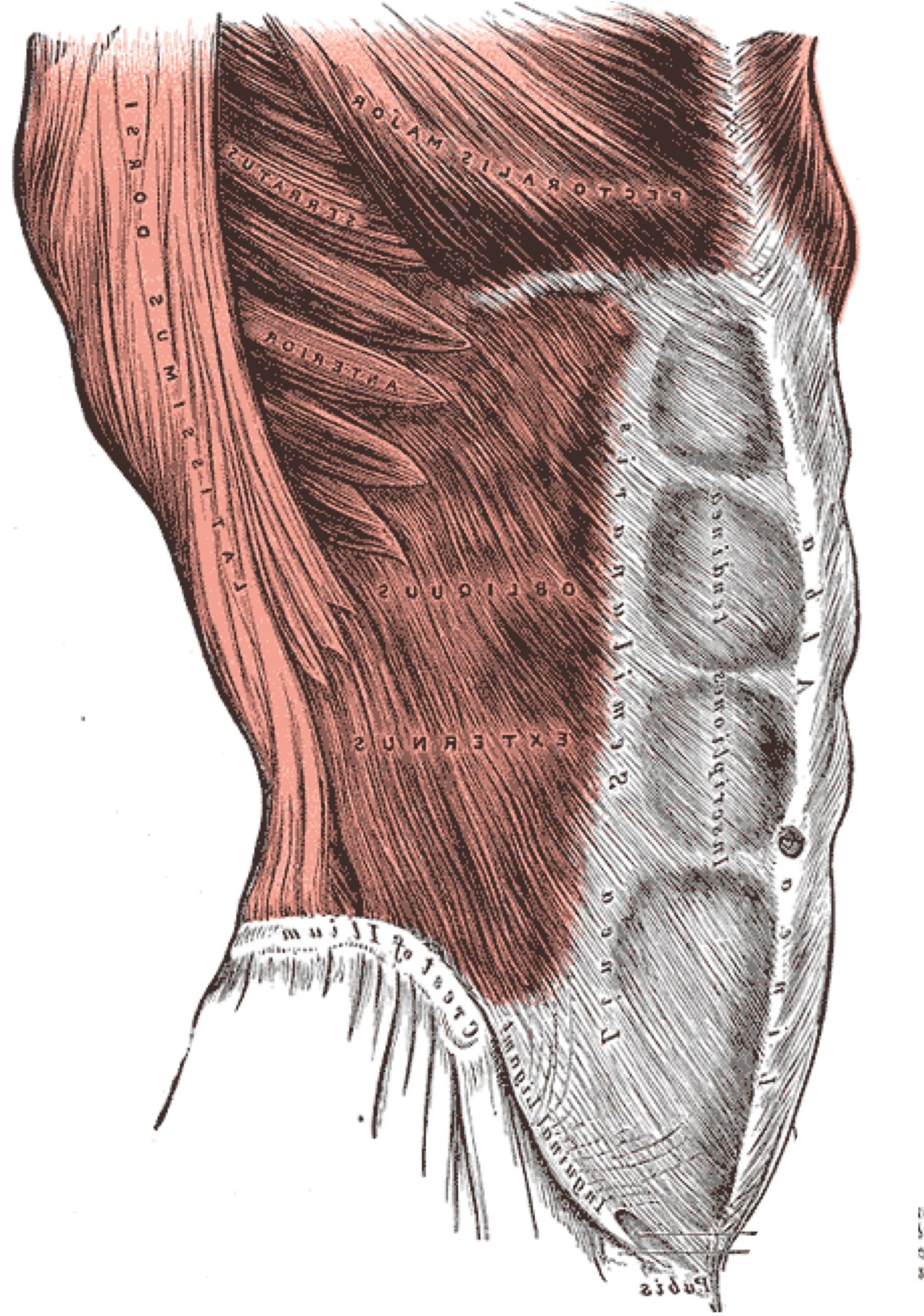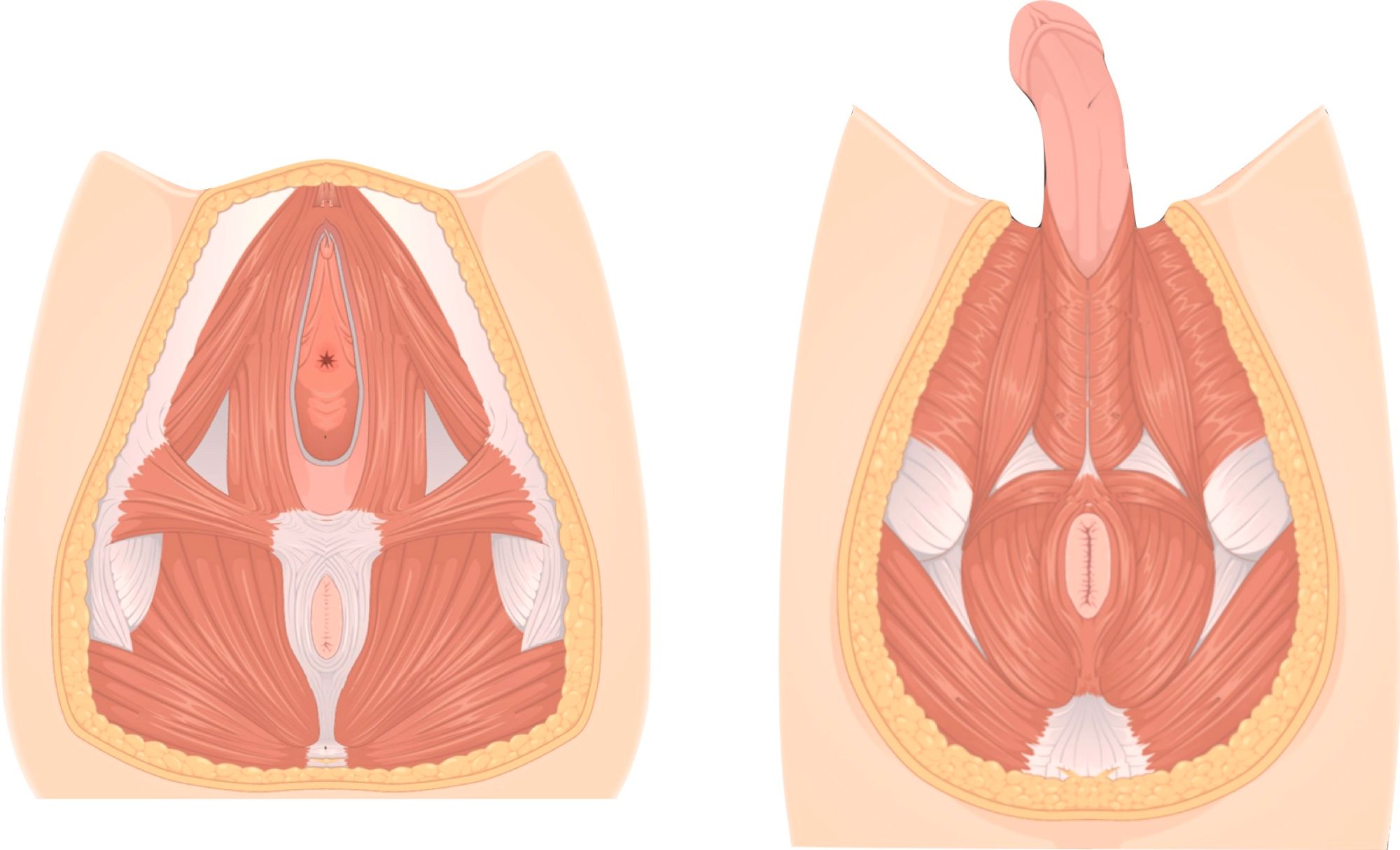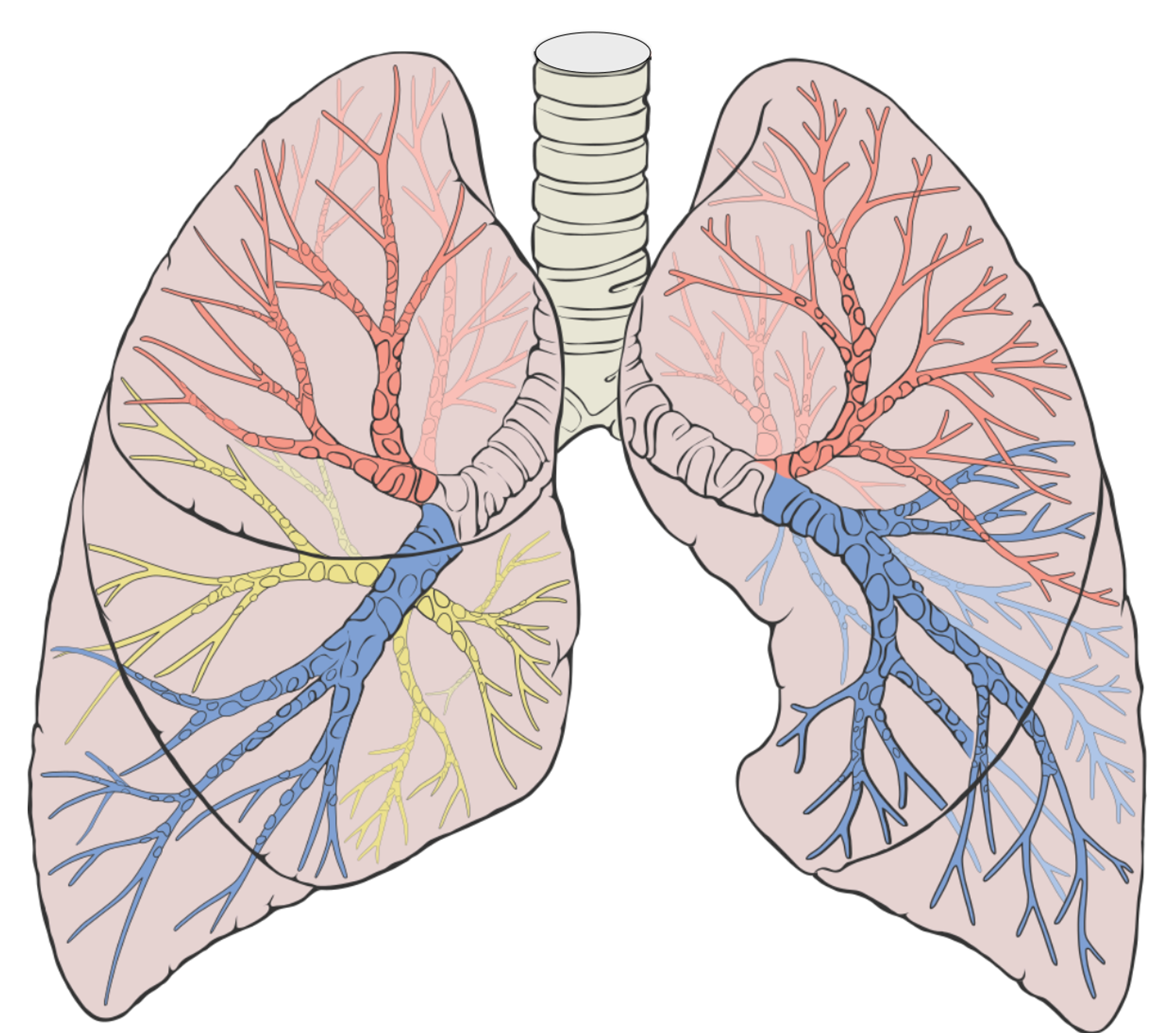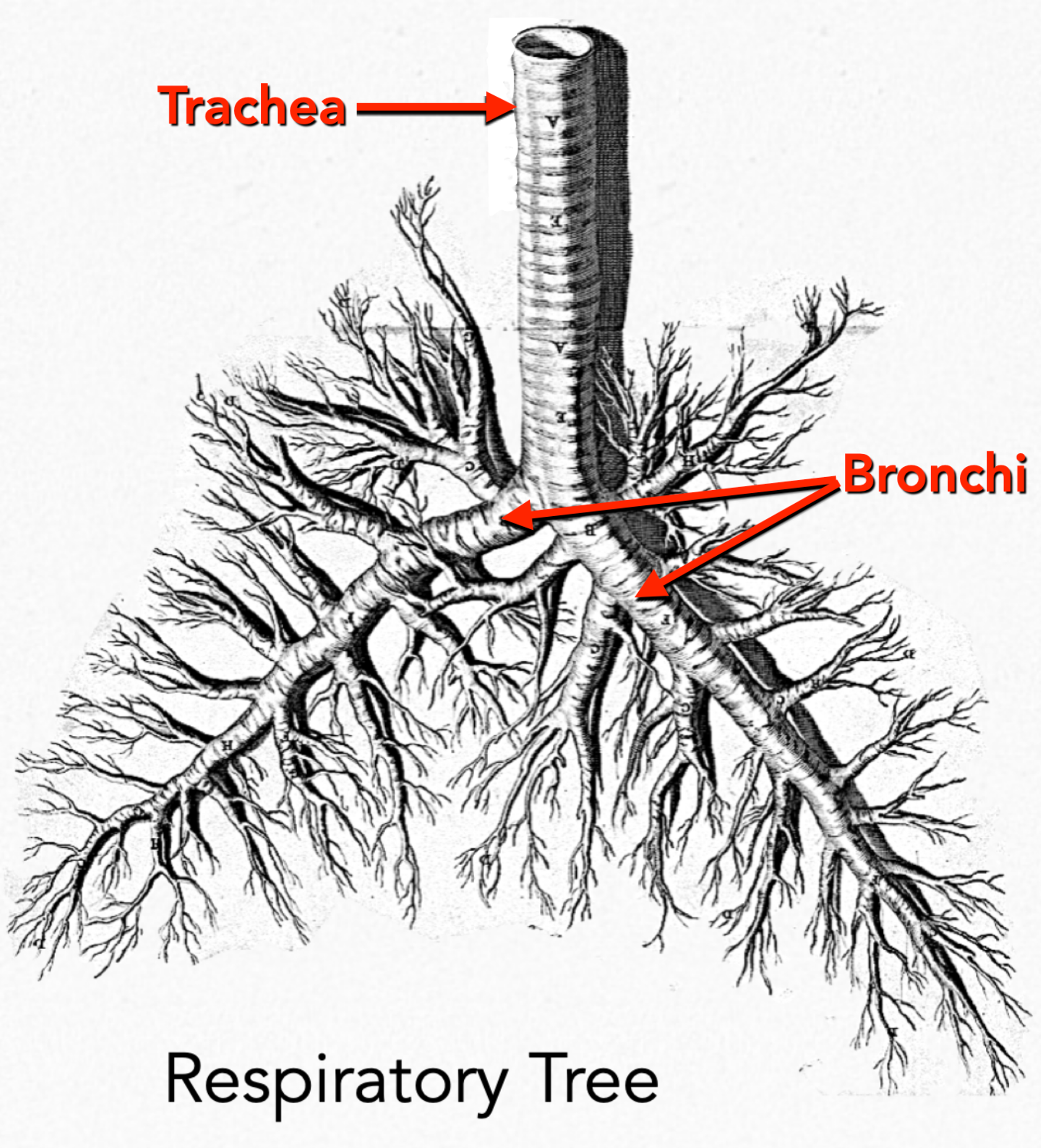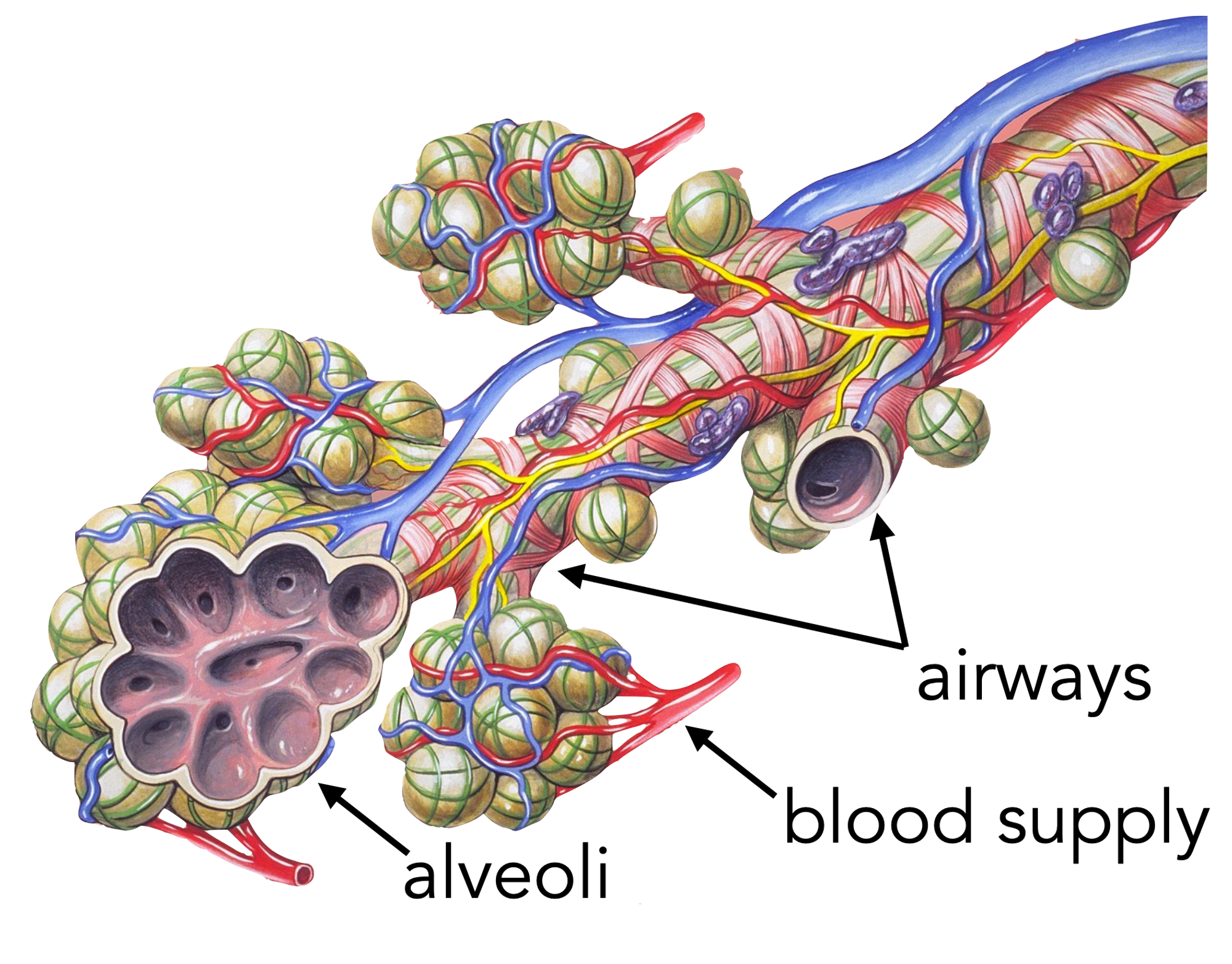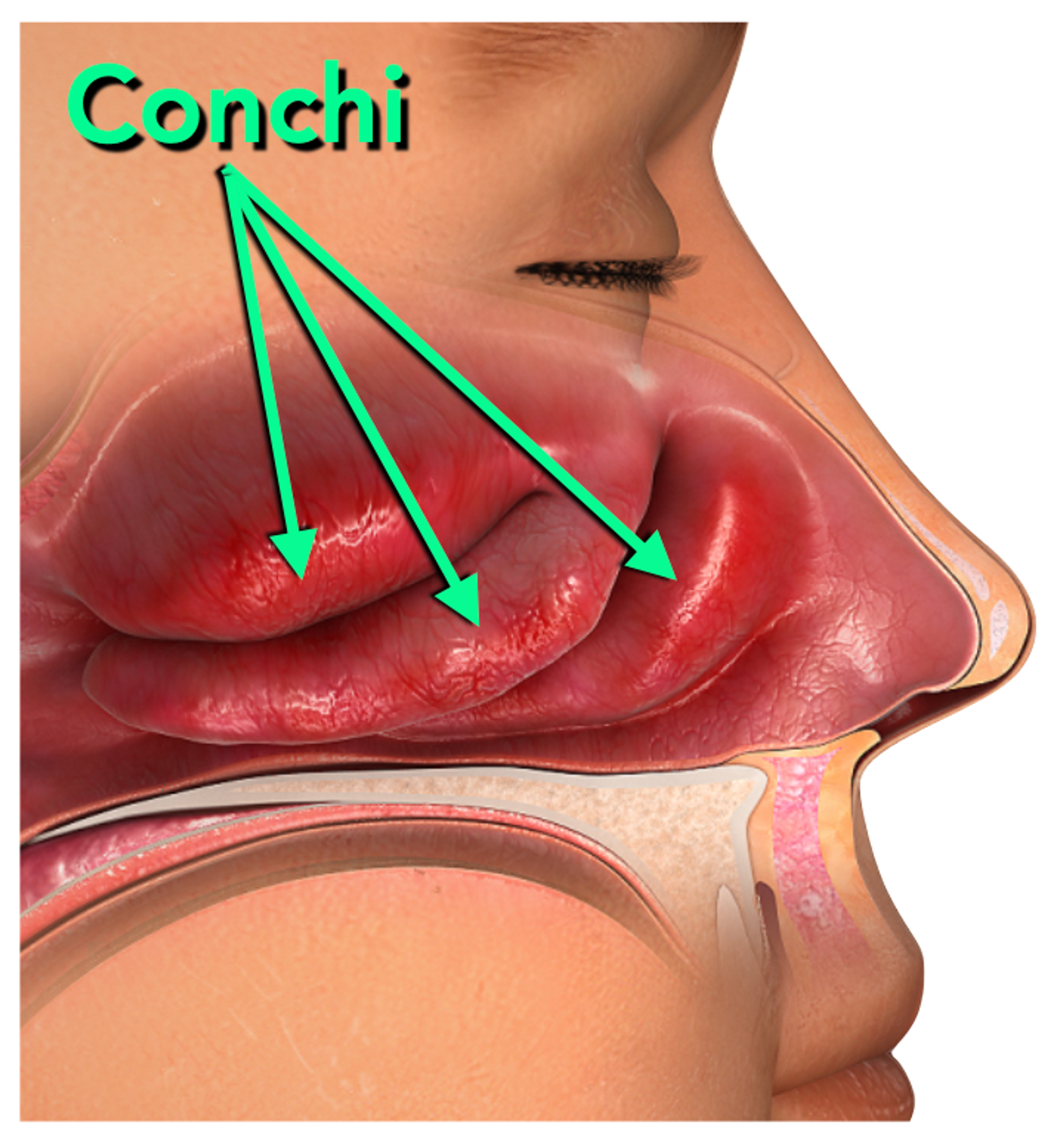An exploration of the body’s supportiveness, tuned to foster faith in its benevolence:
Fidelity 5: Living Energy

Fidelity 4: Moving Breath

Moving Breath Discussion
Belly Breathing
Right now, take a deep breath. It’s easy, right? You decide to breathe, and the body moves to ventilate the lungs. It seems simple, but that’s only because the body does most of its work outside conscious awareness. Many muscles contract and relax in complex, coordinated patterns, which the body handles on its own.
All we do is decide to breathe, we don’t even need to do that. When we’re paying attention, the body continues breathing, acting—rightfully—as if the mind is superfluous to that process. We don’t need to think about every breath, and most of the time we pay little attention. We could live our whole lives without much awareness of the intricacies of breathing.
Yet familiarity with breath brings rewards. Focusing on it calms mind and body. Shifting mental attention from thinking to breathing promotes bodily relaxation. We can further settle by altering the flow of breath. When we slow and deepen it, when we move more in the belly, our mammalian organism relaxes and rejuvenates.
In this session of the Fidelity series, we explore some of breath’s anatomy. We focus on the belly, lower chest, and pelvis. We see how the diaphragm, abdominal musculature, internal organs, and pelvic floor work together to ventilate the lungs.
Diaphragm
The diaphragm is an umbrella-shaped muscle. Its dome rises into the chest, and its base hugs the lower margin of the ribcage. The lungs rest on top of the diaphragm, and the heart sits there too. The liver and stomach rest below the diaphragm, which wraps around them.
When we inhale, the diaphragm muscle tightens and its dome flattens, moving down. The lungs are enlarged by this downward pull, and air naturally follows, filling them. When we exhale, the diaphragm relaxes, and its dome rises back into the chest. This compresses the lungs, so air flows out.
When it tightens and flattens, the diaphragm pushes down on the liver and stomach. When it relaxes, the liver and stomach push up from below, raising the height of the dome and compressing the lungs.
Every breath is a dance of movement. The diaphragm flattens and relaxes; the lungs expand and shrink; vital organs move down and up; air moves in and out. To practice tuning into all this activity that enables breathing, try the mindfulness guidelines at the end of this essay or listen to the recorded meditation.
Abdominal Muscles & Organs
It’s natural to wonder: why do the organs push the diaphragm into the chest during exhalation? If the body is supine, gravity suffices. The liver, stomach, intestines, and other viscera are heavy and naturally tend to spread out. When the diaphragm relaxes, the pressure they exert pushes it into the chest, so the lungs shrink. But if the body is upright, gravity works to draw the viscera out of the chest, so their passive movement works against exhalation rather than for it.
When upright, belly wall assistance is required. Its musculature consists of three layers. The outermost has vertically oriented fibers, while the inner layers are oriented horizontally and obliquely. This complexity enables the belly wall to assist all sorts of bodily activities, such as walking, running, dancing, bending, defecating, and…breathing.
As the diaphragm relaxes during exhalation, the belly musculature tightens. This flattens the abdominal wall, which puts pressure on the viscera. Because the spine and pelvis limit movement backward and down, the organs can move only one direction: up into the chest. This movement elevates the relaxing diaphragm, which forces air out of the lungs.
The cycle continues. During inhalation, the diaphragm tightens and flattens, the belly muscles relax, and the organs flow downward and forward. During exhalation, the diaphragm relaxes while the belly tightens, so the viscera rise into the chest. In this ongoing dance, diaphragm and belly move in coordinated, complementary ways.
Pelvic Floor
The pelvic floor also plays a role in breathing. When the belly muscles during exhalation, the increased internal pressure pushes down on the muscles that support the rectum, bladder, and reproductive organs. Pelvic floor contraction counters this pressure.
Like the abdominal wall, pelvic musculature is complex. Bands of muscle connect the sitting bones, sacrum, and pubis. They surround the anus and urethra, forming part of the sphincters that hold back feces and urine. They wrap around the genitalia and participate copulation.
By tightening during exhalation, the pelvic floor prevents incontinence and inappropriate descent of the heavy organs it supports. During inhalation, the floor relaxes slightly as internal pressure eases. Thus, during breathing, the pelvic floor and abdomen contract and relax in unison.
Of course, pelvic musculature participates in many bodily functions, not just breathing. During childbirth and defecation, it relaxes as the abdomen tightens. The child is born and waste eliminated as interior pressure pushes downward, the pelvic floor softens, and the vagina or anal sphincter open. (These dynamics sometimes lead to dysfunction, especially in the female pelvis. Because it is broader and may be stretched by childbirth, it tends to weaken with age. The result may be stress incontinence or—in severe cases—uterine prolapse.)
With mindful attention, we can feel the pelvic floor tighten and soften as we exhale and inhale. The mindfulness guidelines below and the companion recording can help you tune into this subtle sensation.
Appreciation
What about the I CAN quality of Appreciation? That’s the theme of this Fidelity session, but it hasn’t shown up yet. Or maybe it has.
What is more worthy of appreciation than the body’s ability to breath on its own? It frees us to do so much else. What is easier to appreciate than a full breath of clean air? And who appreciates breath more than someone struggling to get enough of it? Even the very word, ‘appreciation’, depends on minds that are powered by breath. Appreciation pervades every breath, from our first to our last.
Mindfulness Guidelines
- Tune into your breathing by focusing attention on the lower chest and upper abdomen. Feel the movement of the rib margin and a belly, expanding as air moves in and settling back as air moves out. Follow this for a few cycles. If it helps, consciously deepen your breaths for a few cycles to make the movements more obvious.
- Draw your attention inward and see if you can detect movement behind the lower ribs and upper belly. The sensations tend to be subtle, but it’s possible to feel them. Mental imagery can help. As you picture the diaphragm moving down and up, imagine feeling its motion. Gradually, you might notice that less imagination is required, and the feelings seem more noticeable. Go slowly and limit judgment. This is a practice, and your capacity to feel inner changes will increase over time.
- Let your attention move down to the belly wall. Notice how it relaxes and bulges as you inhale, then tightens and moves back as you exhale. This will be most pronounced when you are relaxed. If you are exercising or tense, the belly will not expand as much during inhalation (to compensate, the chest wall expands more). It can feel quite soothing to actively soften the belly during inhalation.
- Feel into the space behind the belly wall. Once again, tune into the subtle interior sensations of movement. The stomach, liver, and intestines are shift quite a bit when the breath is deep and abdominal. With time, imagery, and mindfulness, you can begin to feel the bulky but fluid interior moving down and forward with inhalation, backward and up during exhalation.
- Lower you attention to the pelvic floor. We commonly feel rectum and bladder, so begin by assessing their fullness. Then shift attention to the anal and urethral sphincters. To help you tune in, actively tighten them during a couple of exhalations. Then withdraw the effort and see if you notice a slight natural tightening as you exhale. Feel a broader region of the pelvic floor, the entire space between sacrum and pubis, and between the sitting bones. Breath a little deeper and actively tighten the floor and sphincters with every exhalation. (This is a good practice for strengthening the pelvic muscles.) Release conscious control after a few cycles, and tune into the body’s natural rhythm, as the pelvic muscles participate in breathing.
- Take in the entire region of the body from lower chest to pelvic floor. Feel all of the above sensations in a more general, wholistic way. Air flows in as the diaphragm tightens and moves down, the abdomen and pelvis soften, and organs slide down and forward, and air flows in. Air flows out as abdominal and pelvic muscles tighten, diaphragm relaxes, while viscera move back and up. See if you can shift your awareness until your mind feels centered in this fluid, potent region of the body, at one with this movement of Life.
Fidelity 3: Lungs

Lung Discussion
How many time have you or someone you know said, “Life is hard”?
We say it because it’s true. Not only does Life pose challenges, but we often find ourselves reacting poorly. We make mistakes, cause harm, and worsen already-bad situations. As years pass, we accumulate battle scars from tough times and poor decisions.
I think of the elephant seals who settle on Northern California beaches during mating season. The big bulls battle one another, sporting patchworks of fresh wounds and old scars. Though—like elephant seals—we sometimes suffer pain and injury in the romantic arena, we are battered in many other domains. Familial, occupational, financial, political, and medical struggles abound.
Our minds and bodies accumulate the residues of grief, fear, regret, resentment, stress, tension, and more. In the words of Bessel van der Kolk, The Body Keeps the Score. Those with heavy burdens of hardship and trauma experience compounding problems due to unhealthy coping strategies, premature aging, chronic pain or fatigue, and major illness. In disadvantaged communities, individual difficulties are amplified by the systemic stress of oppression, poverty, neighborhood blight, injustice, etc.
Lungs & Sorrow
Within the Traditional Chinese Medicine (TCM) tradition, the lungs are considered repositories of sorrow, disappointment, and grief. This view matches the common experience of feeling emotional pain in the chest, where romantic rejection and major bereavement land like heavy blows. The usual term for this is ‘heartache’, but in anatomical terms, it would make equal sense to call it ‘lung-ache’.
Around age four, I was hospitalized with pneumonia and spent weeks alone under an oxygen tent. Why did I develop lung infection? A Western medicine (WM) physician might credit my parents’ chain smoking, the frigid Minnesota winter, and the stress of my parents’ recent divorce.
To this list a TCM physician would add the grief a child feels when the family breaks apart, a sorrow that lands specifically in the chest. Remembering the oppressive sadness of my dad’s departure, it’s easy to believe it triggered my pneumonia. And I’m open to the idea that my lungs got sick (rather than, say, my stomach) because of a unique vulnerability to sorrow.
Whether or not sadness is especially hard on lungs, WM and TCM agree that lung tissue is vulnerable to environmental stress. It is easily damaged by particulate matter and noxious vapors, such as from secondhand smoke. Infectious agents can cause pneumonia, especially if immunity is depressed. And the entire body is imperiled when lungs inhale air with insufficient oxygen or dangerous gasses like carbon monoxide.
Compassion & Health
So lungs are vulnerable. Environmental stress damages them. Emotional stress imperils them by depressing immunity. And according to TCM, they are uniquely vulnerable to sorrow.
For people of good heart, vulnerability evokes Compassion, which is the second root of the I CAN system. The vulnerability of our lungs thus invites us to cultivate compassion for bodies and minds. We foster compassion for ours mind when we acknowledge that mistakes, loss, and grief accumulate in every lifetime. We foster compassion for our body by recognizing how easily it can be damaged by stress of all sorts, while forgiving and caring for it.
Not only do lungs inspire compassion, they may also benefit from it. Mindful Biology views the body as a sensitive and responsive animal, warm blooded and needing support. When we meet our bodies (in this case, our lungs) with compassion, we support and reassure them. Stress eases and tension melts.
The alternative to compassion for body and mind is our culture’s normative attitude. From an early age we learn to be critical of both. We learn to view bodies as flawed machines rather than sensitive beings. We compare them to imagined ideals and feel embarrassed or angry when they—inevitably—fall short. We learn to view our minds like computers that ought to perform perfectly but seldom do. Blaming ourselves for unavoidable shortcomings, we feel shame and self-contempt. Meanwhile, the culture’s win-at-any-cost mindset teaches us to push body and mind to deliver success no matter the toll. Noncompetitive, simple lifestyles are portrayed as slacking or sinful.
We have a choice. We can obey cultural norms and treat body and mind with contempt. Or we can cultivate self-compassion.
Surely it makes common sense to offer kindness to body and mind, but in case we remain skeptical, abundant research has demonstrated self-compassion’s positive effects. Compassion for the body helps us honor the sensitive organism that gives us Life and respect its need for rest and care. Compassion for the mind lets us off the hook for our missteps while allowing our authentic nature to express itself.
Faith & Faithfulness
The Fidelity series aims to foster faith in the body and awareness of the body’s faithfulness to us. We grow more caring and admiring toward this organism that remains with us throughout Life. We feel more at home in our body, and in time we start to view it as a sensitive, supportive companion. We find it easier treat it kindly, with less criticism, fewer demands, healthier behaviors, and more affection. We grow more connected with Life and thus feel less alone. What could be wiser?
Last time we used the upper airways to cultivate friendly Interest, the first root of the I CAN system. In this session we’ll let the lungs guide us as we cultivate compassion, the second root.
Lungs, Air & Water
The lungs serve to move oxygen from atmospheric air to bodily water. They also move carbon dioxide in the opposite direction. In simplest terms, three bodily characteristics make this possible:
- Airways and movements that ensure lungs contain fresh air.
- A profuse blood supply separated from air by a very thin membrane.
- Properties of blood that facilitate oxygen and carbon dioxide transport.
We looked at the upper airways in the last session, and we’ll look at the movement of breath next time. The properties of blood will be covered in a later class series. Today, we’ll explore how the airways continue into the lungs and bring atmospheric air very close to the bloodstream.
In the last session, we saw how the upper airways connect nostrils to lungs. Within the lungs, airways continue and form an inverted tree of ever-smaller channels. Just as the twigs of a tree are tiny compared to the big branches of the trunk, the smallest airways are nearly microscopic, while the main branches (bronchi) of the windpipe (trachea) are thick as fingers.
Recall from the last session how a special surface lines the nasal passages. A similar surface lines the lung’s airways. This respiratory epithelium secretes a sticky mucus that moistens incoming air and captures particulate matter. Its motile hairs, or cilia, transport debris-laden mucus to the mouth for swallowing. Highly vascular, the respiratory epithelium heats the airways to near body temperature. Delicate lung tissue thus receives air that has been warmed, humidified, and cleansed
The smallest airways end at tiny bubbles (alveoli) of lung tissue, smaller than a grain of salt. With thin membranes and copious blood supply, these minute chambers bring atmospheric air very close to bodily fluids, which enables gas exchange, the whole point of the lung’s existence.
There are millions of alveoli, and though each one is small, the combined area of their lining surfaces is about 1000 square feet. This vast expanse of thin membrane adjacent to a profuse blood supply enables us to get the oxygen we need to power our bodies, brains, and minds.
Because our large, delicate lung membrane is exposed to a ceaseless flow of atmospheric air, it connects us to the environment in a most intimate way. This intimacy sustains Life by providing oxygen and releasing carbon dioxide. But it also leaves us vulnerable to air pollution and infection.
Let’s return to the TCM belief that lungs harbor sorrow, and use lung physiology as an analogy. Just as lungs are sensitive to the atmosphere, our chest region is sensitive to social cues, as discussed above. And just as lungs enable vital gas exchange but are vulnerable to toxins, our chest accumulates both loving support and social stress. And because—sooner or later—social stress fuels sorrow, the chest region accumulates grief, just as TCM physicians say.
The chest harbors our individual hurts but also those of our loved ones. And while we often ignore the effects, it also harbors the sorrow of struggling acquaintances, the discouragement of people living on sidewalks, the grief of war torn and impoverished nations, the dismay of animals losing habitat, the tragedy of ecological destruction, and the weariness of an over-stressed planet.
So much sadness accumulates in our chest, it’s important to know how to process it. Compassion is key, and meditation can help us cultivate it.
Meditation Guidelines
If aren’t familiar with the prior session’s Upper Airway Meditation, please review it before proceeding.
- Focus attention on the airflow at the nostrils. Concentrate on the slight, fluctuating breeze just within the nostril orifices and on the skin below. See if the incoming air feels slightly cooler, the outgoing air warmer. See if the texture of outgoing air feels soft (moist), compared to the fresh (dry) incoming air.
- Follow these sensations up and back into the nasal passageways, both high up by the roof of the nasal space and down low along the floor, above the palate.
- After a few breaths focused on the nasal passages, follow the sensations to the back of the throat, continuing to track the changes in temperature and texture, which may be slight.
- Follow the changes down the throat as far as you can. With practice, sensitivity increases until they can be felt all the way into the upper chest. But at first, you may lose touch with them in the mid-throat. That’s ok, just move on to the next step.
- Tune into the movements of the chest. Feel the ribcage expand and contract. It may do so obviously or slightly, depending on the pattern of breathing in this moment. Feel free to experiment, deliberately expanding the chest a little on inhalation, so you can catch hold of its movements. Then let the breath flow naturally while you simply observe.
- Now feel the interior of the chest. Though filled with the lungs, heart, and major blood vessels, the interior often feels open and spacious. See if you can map its shape: back to front, left to right, bottom to top. Don’t worry if the boundaries seem vague, or if the interior space feels larger than you expect. Just notice what you find without judging it.
- Now feel the emotional tone in the chest. Depending on your current emotions, the feelings may be uncomfortable and heavy or pleasant and buoyant. They me feel tight and small or large and spacious. Some people get a sense of color or even musical tone that varies with emotional state. Tune into your emotional sensations gently and kindly. If you’re in touch with a lot of sorrow, they may feel painful. If tuning into them begins to feel too intense, shift your attention to a more neutral region of the body, like the hands or feet. After a time, as you feel ready, gently return to the emotional sensations. Move back and forth as often as necessary.
- Now see if you can bring compassion to bear. Imagine holding your emotional sensations in your arms, like you’d hold a beloved baby or small animal. Cultivate or imagine a feeling of affection. Use your mature understanding to see the body’s pain and struggle in the context of your life history, ancestry, and culture. Remember that most of what happens in our lives is beyond our control. The pain is not as personal as we often think. We can meet it with more compassion and less identification. As you offer compassion to your chest and lung area, you might like to place your hands over this tender region. You can hold your dear body just as you imagined holding the beloved little one.
- If it feels helpful, bring a specific pain to mind. You could work with a personal, professional, societal, or global problem that feels distressing. Using the steps above, bring compassion to the situation and the pain it triggers. Hold both with tenderness, knowing that difficulties arise from historical antecedents. Remember that our bodies are sensitive, so it’s natural to feel discomfort in the face of difficulty, whether near or far from us in time and space. Remember that even if a person’s behavior looks greedy or cruel, it makes sense in that person’s mind. This doesn’t mean we accept greed and cruelty as inevitable, but we can recruit the potency of compassion as we prevent and heal the harm they cause.
- See if you can move between the spacious sensations, emotional discomfort, and compassionate responses until each can be experienced with relative ease. You might begin to feel all three at once, which can be quite soothing. Yes we feel pain, but we always feel more than pain. In every moment, spaciousness is present and compassion can be invited.
- The above steps can be modified. It can help sometimes to focus on just one or two. But if you choose to attend to discomfort, be sure to alternate focus so you also spend time attending to more neutral region. This will help you stay regulated while revealing inner spaciousness. We gradually develop a sense of faith in our own experience, knowing that neutral and expansive feelings are always available, even in our most painful moments.
Fidelity 2: Upper Airways

Upper Airway Discussion
We are drawn to those who interest us. It is the seed of true relationship. It is also the nourishment. Intimate partnerships may start with fascinated, even obsessive interest. But the key to their longevity lies not in the intrigue of early days, but the affectionate interest of later years. When two people no longer feel fascinated by one another or—worse—feel bored, the partnership may persist, but it will feel unsatisfying. It may even feel cruel, as being ignored is one of our sharpest pains.
This ‘Fidelity’ series frames mind and body as partners in an intimate, lifelong relationship. I believe the body remains faithful to the mind throughout Life. Our bodies do their best to sustain our capacity to breathe, move, eat, perceive, connect, etc. Of course, it may fall short due to innate limits, developmental issues, illness, injury, or age. But it tries, always.
Indifference
The mind is different. It gets distracted. It pursues tasks and thoughts to the near-exclusion of all else, including bodily needs. We may spend years using the body without feeling interested in it. Trying to optimize its appearance or abilities doesn’t count. Imagine how children feel when a parent pressures them (e.g., to perform in school, sports, etc), but takes little interest in their values, desires, and needs.
In this sense, the body is like a child. If we don’t listen to its needs, or treat it poorly, we demonstrate a lack of interest that promotes stress. If we neglect the body by eating poorly, working or exercising too aggressively, and skimping on rest and sleep, we discover the body is also like a parent and lets us know when we’ve gone astray. It pumps out stress hormones while accumulating tension, discomfort, and fatigue. These symptoms are so common, they almost feels normal. But they don’t feel healthy. How much better to avoid them by offering the body our friendly, caring interest.
Intuition
Biological necessities like food and rest are only the starting point. During thirteen arduous years of graduate, medical, and surgical training, deep intuitions often whispered: “this isn’t the right path.” These were subtle but unmistakable bodily discomforts, vague feelings of unease and dread. Yet I paid little attention until my my body broke down. Then, of course, I was forced to respond. Although neck issues seemed to be the problem (they made performing surgery feel excruciating), much more was involved. It’s obvious to me now I wasn’t equipped for indoor work and even less for the pressure and rigor of surgery. I’d managed to find a fairly low-stress specialty, but even that proved too much. That intuitions I’d ignored were signals from my body, which was trying to tell me something important. It knew me better than I knew myself, and if I’d taken more interest in it, I’d have chosen a more fitting career.
Intimacy
Beyond the benefits in health and wise choices, taking interest in the body matters for a deeper reason. As mentioned in the first essay, the body is our nearest companion. According to many scientists, the body is precisely what we are. And even if some aspects of consciousness don’t depend on the body for its existence, as long as we’re alive they depends on it for much else. If we don’t take genuine, affectionate interest in our sensitive bodies, we’re sending bleak messages to our entire being. Like the child unseen, we move through the world in a dispirited or agitated way, disconnected from Life.
The remedy is Interest. This Fidelity topic series is using the respiratory system as a focus, and its upper regions work well for fostering interest. By bringing affectionate curiosity to bear on the subtle sensations of breath in the nostrils and nasal passages, we can build up our ability to meet our sensitive body with caring attention. It can be surprising to feel the effect. Intimacy with the body is that healing.
Upper Airways
So how does this work in practice? To answer, we first need to review some airway anatomy and function. Most of us see much of the airway beyond the nostrils. We’re used to seeing human faces with two nasal entrances, but few of us pay much attention to them. Perhaps we’re embarrassed or polite, not wanting to glimpse the interior of others’ bodies. Or perhaps we simply see them less, given how they point downward and aren’t in direct view. Whatever the explanation, we often describe the size and shape of noses but almost never mention the shape or size of nostrils. Yet—as the portals through which air flows—they are surely more important.
So bear with me as I take us on a tour through them. Very soon after we pass the entrance, we encounter two features that let us know we’ve entered new terrain: 1. a stand of stiff hairs that help block the free entrance of insects and other large, light debris; 2. a transition from dry skin to mucous membrane, which is more vascular and moist.
We have the capacity to breathe through our mouths, but it’s healthier to breathe through the nose. The reasons are hinted by the features above. The nasal passageways protect the body by filtering, warming, and moistening the incoming air.
Let’s take a brief look at these protective functions. Filtering begins with nasal hairs, but it’s mainly the job of nasal membranes. They secrete a sticky layer of mucus that traps particles of dust, pollen, and other contaminants. Such debris can harm the delicate lung tissue by physical irritation. Most of the larger particles stick to mucous membrane secretions: a gooey layer that is slowly nudged toward the mouth by motile microscopic hairs protruding from membrane’s cells. These ‘cilia’ set the layer moving, like a conveyer belt. Trapped debris is thus deposited in mouth and swallowed, passing harmlessly into the stomach.
This conveyance of debris from inhaled air to the stomach’s acid bath protects lungs from physical irritants, but it also protects from infection. Bacteria, fungi, and viruses abound and can be carried by particulate matter, such as droplets sneezed or exhaled by a person with an infection. By trapping debris, the nose lessens the risk of lung infection. On the other hand, it increases the chance of upper airway disease. While nasal infections are less dangerous than pneumonia, they can be debilitating or progress to systemic illness, as Covid made all-too-obvious. The body strives to minimize this risk with a copious blood supply. The vascularity of the mucous membranes brings immune cells close to potential invaders, so they can mount a defense and—in most cases—stave off infection. Their efficiency is highlighted by the travails of people with immune compromise, who suffer high rates of infection from organisms the rest of us fight off with ease.
Bony convolutions (conchi) along the nasal side walls protrude inward and create a complex interior space. The left and right nasal passages are thus like tall, narrow, sculpted caverns. This geometry ensures that incoming air gets plenty of contact with mucous membranes and so improves the filtering efficiency. But it has a second, equally important benefit. It enables the nose to condition incoming air. Because nasal membranes are vascular and moist, they surround incoming air with a warm, wet blanket that heats and humidifies it.
Thanks to the nasal passageways, our delicate lungs receive air that is clean, close to body temperature, and saturated with moisture.
Meditation Guidelines
We’re now in position to use all this information in mindful exploration. We can feel the air flowing through the intricate nasal passageways, we can feel the difference between incoming and outgoing air. The former feels cool and dry, while the latter feels warm and moist. We can notice an alternation: air feels cool and fresh on inhalation; warm and soft on exhalation.
Discerning these sensations can be done any time, but they are easiest to focus upon during meditation. Because mindfulness of the breath is a bedrock practice, it’s worth spending some time improving the ability to feel the breath in real time. The guidelines below can help us explore our mammalian bodies as they breathe. The first four suggestions will serve to deepen any upper airway meditation. The last two can be added to the first sequentially in one session, or individually as the sole focus for an entire meditation.
- Tune into the movement of breath at the tip of the nose. Feel it flow over the skin below and the membranes just within the nostrils. Settle into the sensations of air moving outward and inward with every breath
- Sense the subtle temperature difference between outgoing and inflowing air. Usually, exhaled air feels slightly warmer than the air we inhale. Feel the continual cycling of this temperature sensation, warm to cool, cool to warm, and so on.
- Even more subtle is the difference in moisture. Most of the time, outgoing air has a higher water content. This wetness can be felt, often like a softness, or fullness in exhaled air. Compare it to inhaled air, which tends to feel a bit sharp, or fresh, in comparison.
- Finally, the most subtle difference between exhaled and incoming air is its cleanliness. Exhaled air is free of the particulate matter present in the environment, which enters our noses with every breath. Feeling this difference may require some imagination, but see if you can get the sense that your nasal passageways have filtered the air that flows into and out of your lungs. Offer a note of gratitude to the millions of nasal mucosal cells that secrete mucus to trap debris and then scoot it to the mouth to be safely swallowed.
- Move your focus of attention further back in the nasal passages. See if you can sense their interior geometry. Feel them as bodily caverns, tall and narrow, one on each side of the nasal septum. Feel the left and right passages individually. Which feels more open at this moment? Notice the sensations of flow, temperature, moisture, and cleanliness along the floor, flowing backward just above the palate. Feel them at the cavern’s roof, where you direct flow when you inhale the scent of a flower. As you continue, see if the relative openness of the left and right passages changes. The body is dynamic and responsive, and it alters itself over time to maintain health.
- Move your attention further back, and feel the sensations of breath at the very back of the nasal passages, which connects with the oral cavity and upper throat. Feel the changes in flow, temperature, moisture, and cleanliness at the back wall of this combined cavity. See if you can follow the sensations down deeper with every in-breath, as the air flows down the throat into the lower airways. See if you can detect the complementary sensations as air ascends out of the lungs, flows up the throat, then follows the nasal passageways and exits the nostrils.
Fidelity 1: I CAN



